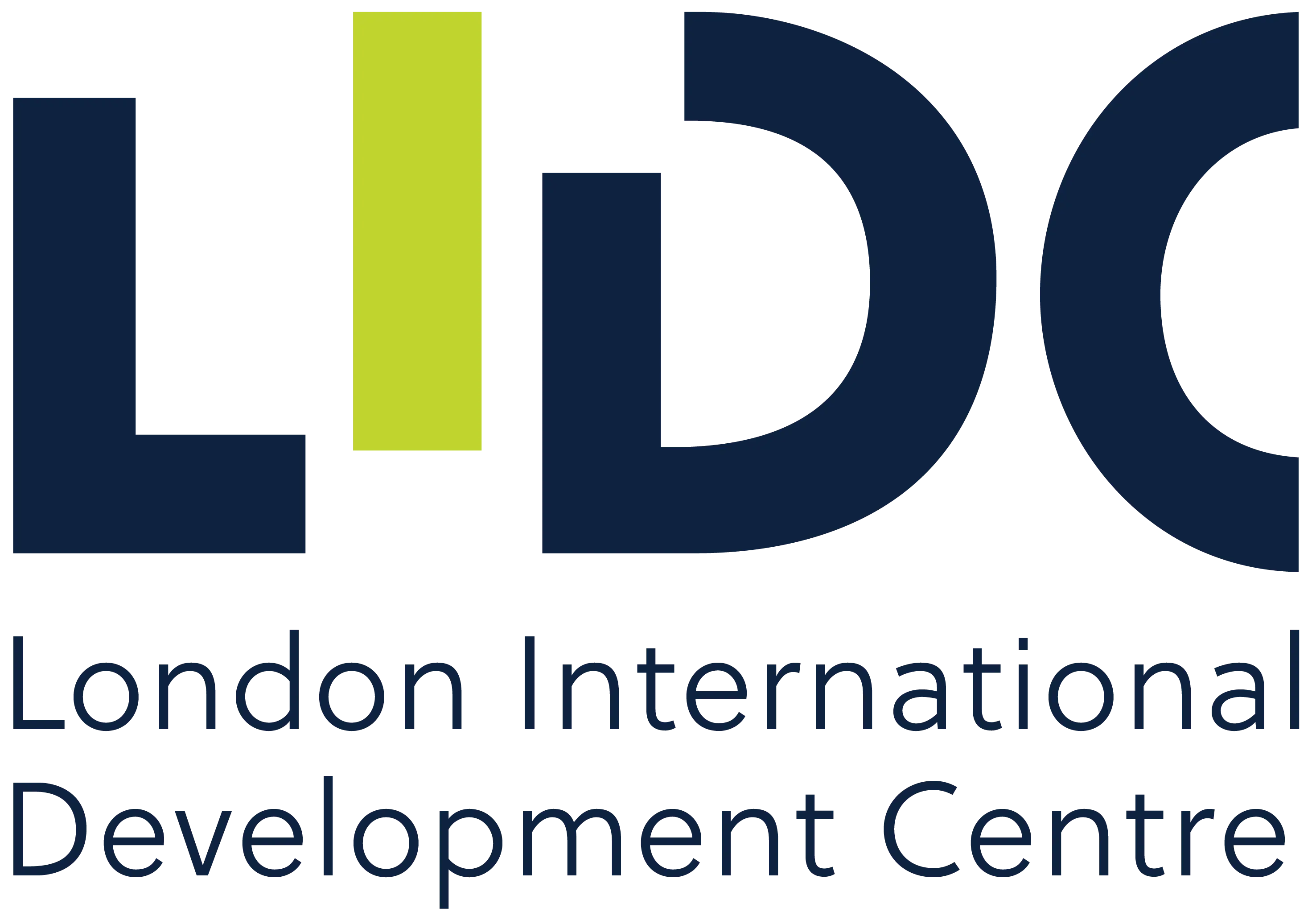
Instructions
The tool
The tool uses a metric to calculate estimated risk. Components of the metric were devised from household-level interviews conducted within communities. These produced data assessing several key factors including: frequency of mixing of livestock (with potential to spread resistant infections), exposure to potential environmental sources of AMR, use or lack of trained animal healthcare professionals, frequency of purchase of antibiotics, level of use of antibiotics for treating priority diseases, and incorrect use of antibiotics including failure to measure the dose accurately, failure to complete the course and use for prevention rather than treatment of disease.
The metrics
The risk metric is composed of the following elements:
and environmental
contamination
diseases driving
antibiotic use
to antibiotics
antibiotics
The total ‘risk scores’ at the community-level are calculated out of 24 points: the higher the score, the higher the risk.
| Community score | Risk |
|---|---|
| < 8 | Low |
| 8 - 16 | Medium |
| > 16 | High |
How to use
- Choose a region
- Select from the drop-down menu and click view data.
- View the community AMR risk scores on the map
- Each score gives the risk of AMR emergence and transmission within the community, out of a total of 24. The higher the score, the higher the risk.
- Adjust the AMR risk factors
- Move the sliders on the left of the screen up and down to increase or decrease the risk of AMR caused by each of the four different factors.
- See the effect of this on the community AMR risk scores.
- Select a different region using the button on the top right of the screen.
- Check the data
- Select the Data tab above the map.
- View the data tables and explore the components of each risk factor.
- Change between community and household-level data using the buttons on the left of the screen.
